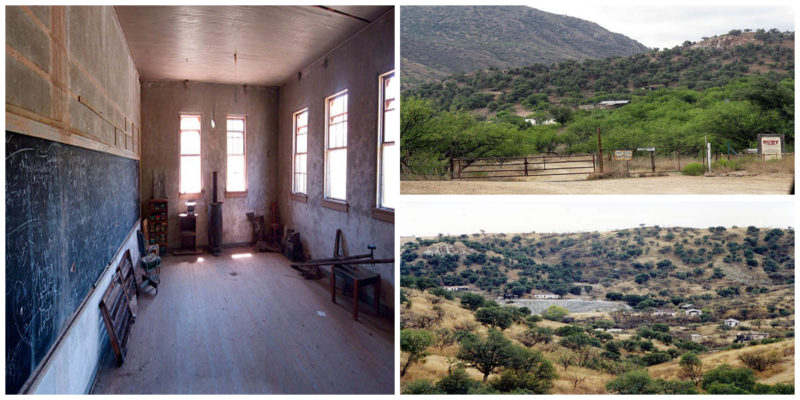It once bore the name of Montana Camp for it stood in the shadow of Montana Peak, Arizona. Today it is known as Ruby and its dark history goes as far back as the 1700s, when the Spaniards that came about these parts discovered a great number of minerals. But given their rich history, the Spaniards were not satisfied with what they found.
And for a century, the land was left unruffled. But then in 1854 along came Henry Ehrenberg and Charles Poston, two mining engineers who decided to mine what the Spaniards had 100 years previously considered worthless. What they found was gold and no small amount of silver. It wasn’t long before others followed too.
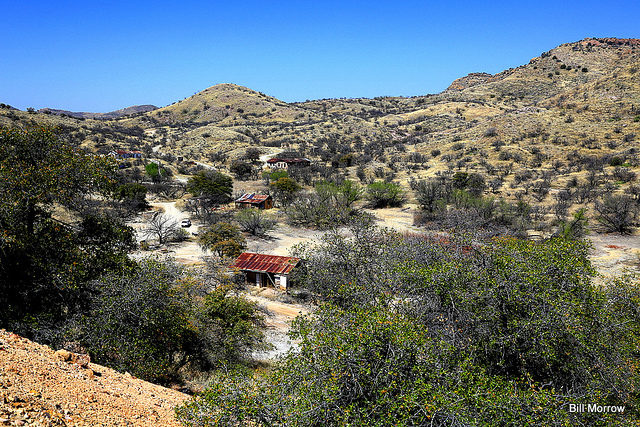
But the number of prospectors did not grow all at once, for the Apaches never liked the idea of miners laying claim to their ancestral lands and so kept a watchful eye on the area. By the 1770s, more prospectors came and formed what became known as Montana Camp. The first store that opened in Montana camp did so during the 1780s.
With time rich veins of copper and lead and zinc were discovered and that meant the even more explorers, gold diggers, and miners came to the area. The camp grew larger by the day. But it wasn’t until 1891, when high-quality ore was discovered, that the population of Montana Camp skyrocketed.
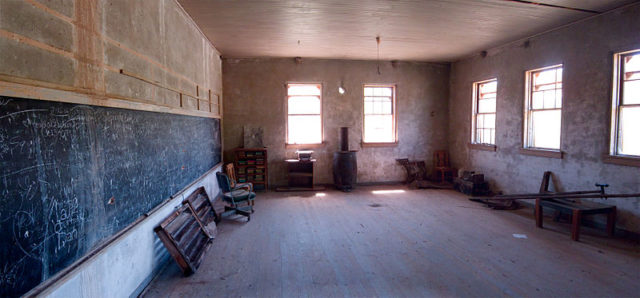
Six years later, a man by the name of Julias Andrews purchased the general store. Then, in 1912, Julias opened a post office that he named Ruby after his wife, Lillie B. Ruby Andrews. By now the camp had grown up to be a small town, which later also took the name of Ruby. But life there was difficult: people slept in primitive houses while even more lived in tents.
But it wasn’t just the living conditions, for outlaws, gunslingers, and bandits played a major role too. The new owner of the store, Philip Clarke, kept a weapon in every single room in his house. Years later, Clarke sold his store to Alexander Fraser and his brother, warning them about the outlaws and desperadoes.
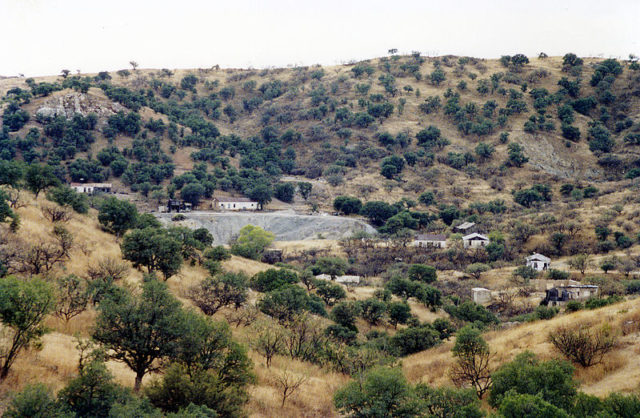
On February 27, 1920, both brothers were shot by a group of Mexican bandits. When they were found, Alexander was dead but John managed to survive for a couple more hours even though he had a bullet in his left eye. This was the start of what eventually became known as the Ruby Murders.
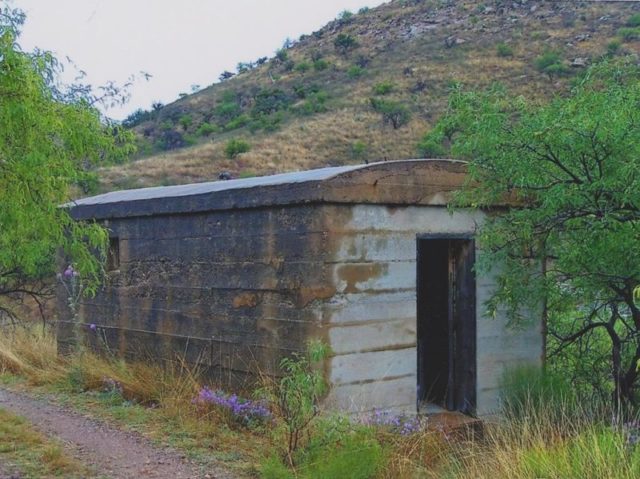
A man by the name of Frank Pearson purchased the store and received the same warning, but, according to some researchers, Frank was convinced that nothing like it would happen again. And so he, his wife Myrtle, and their three daughters reopened the store. Woefully, this family suffered the same fate as the brothers. It was August 1921 when Mr. and Mrs. Pearson were killed by the same outlaws. The four-year-old Margaret and her sisters hid behind the couch and managed to survive.
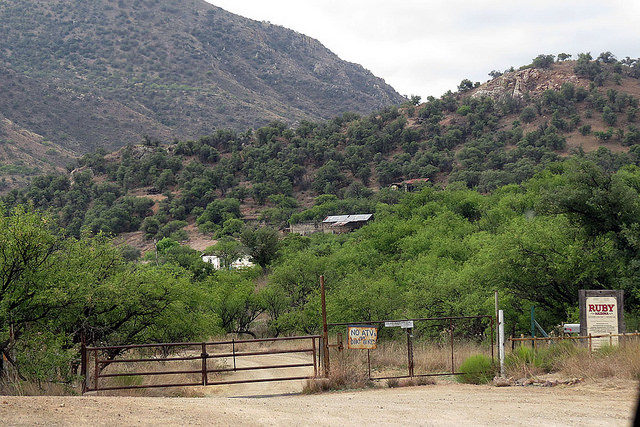
A $5,000 reward was offered for each of the seven outlaws involved in the killings, and this started the biggest manhunt that America’s southwest had ever witnessed. Eight months later, two men, Manuel Martinez and Placidio Silvas, were arrested. They were found guilty at the trial but escaped during transport to the state prison. The pair were caught and Martinez hanged, but Silvas escaped once more from his life sentence.
The mine continued to prosper until the late 1930s. It’s decline led to the gradual desertion of the town; the mine closed in 1940, the post office shut it’s doors in 1941, and Ruby was abandoned by 1942.
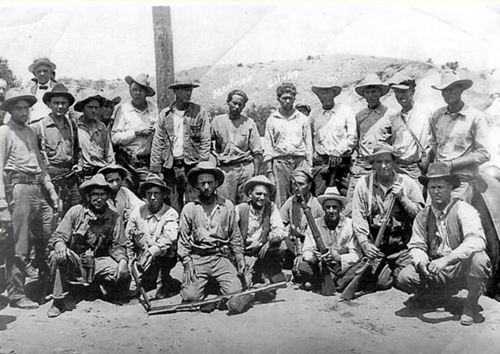
And since then, rumors started to circulate about this town. One legend, in particular, speaks of a disturbed grave that stood right below the store. One of the police officers that was investigating the area was approached by a local old-timer who told the officer that the store was cursed.
Whether what the old man said was true or untrue, Ruby remains a ghost of the past and its story is testament to what it took to survive in the wild west.
